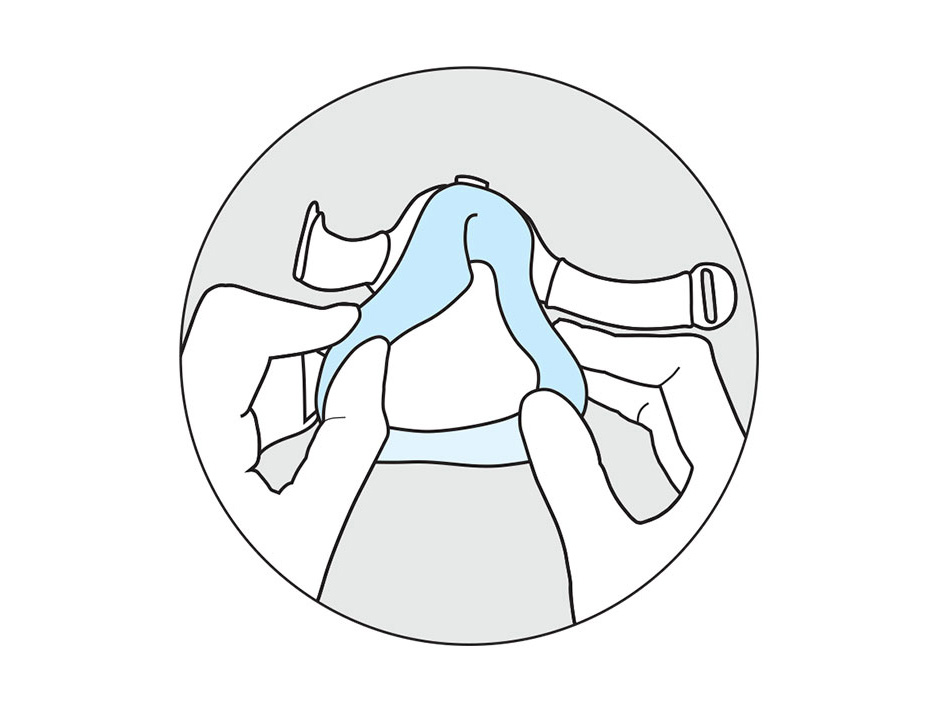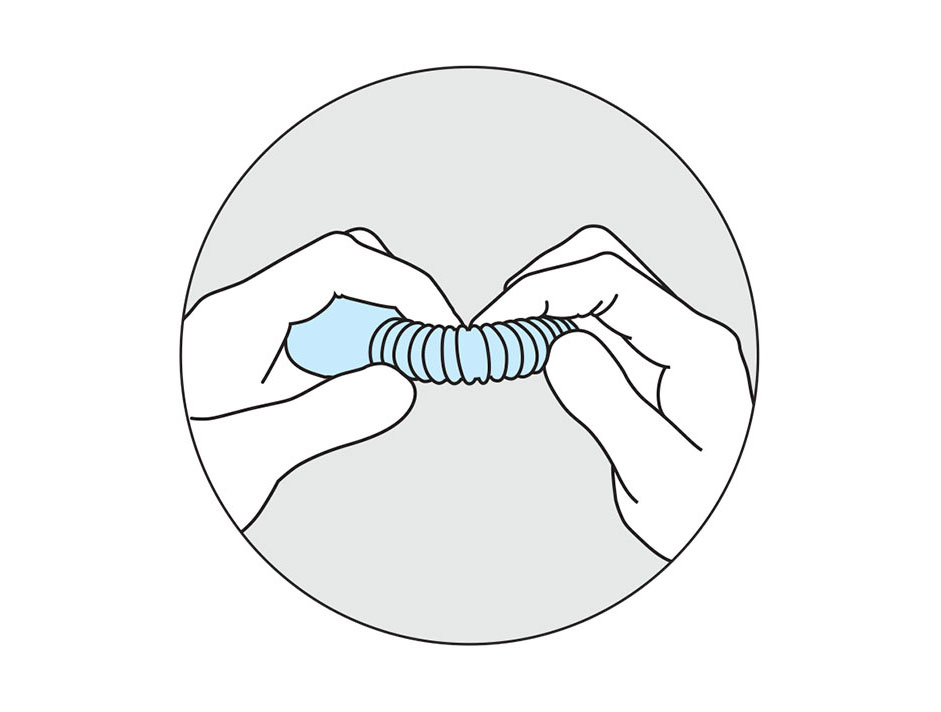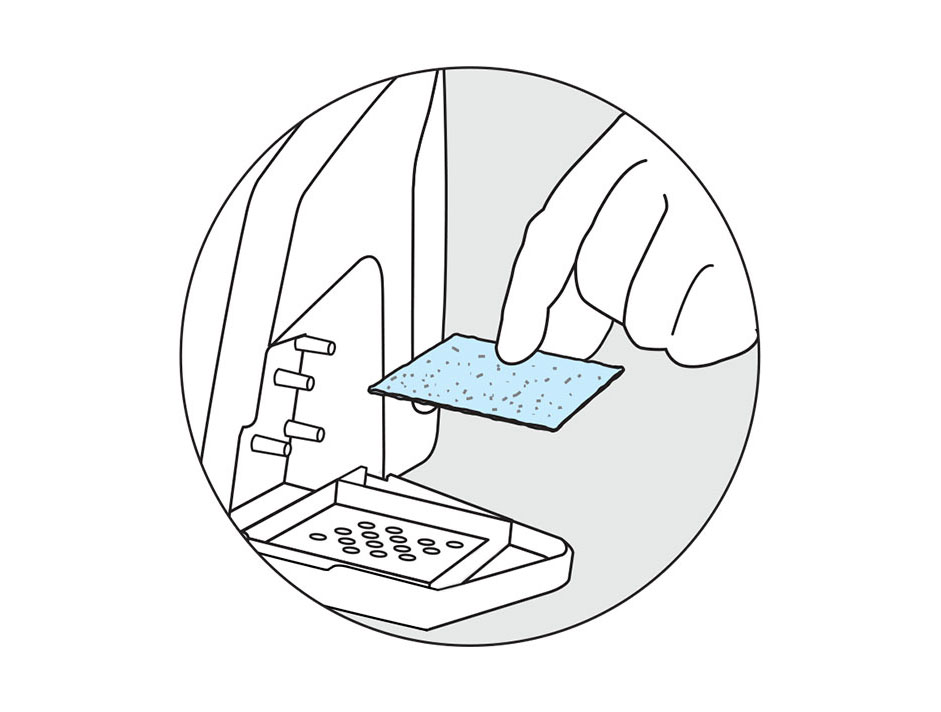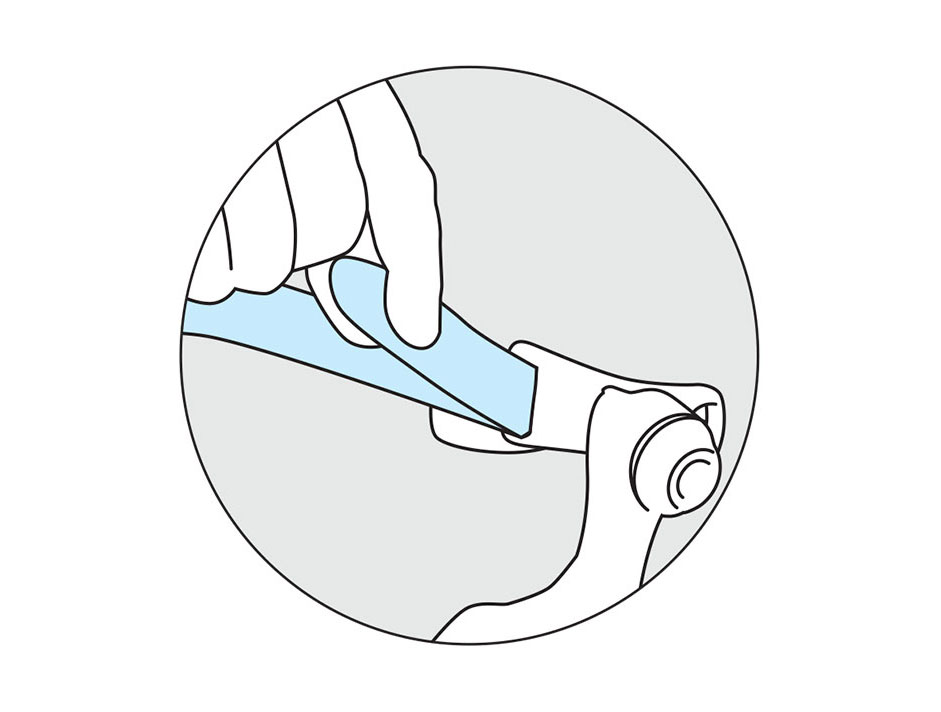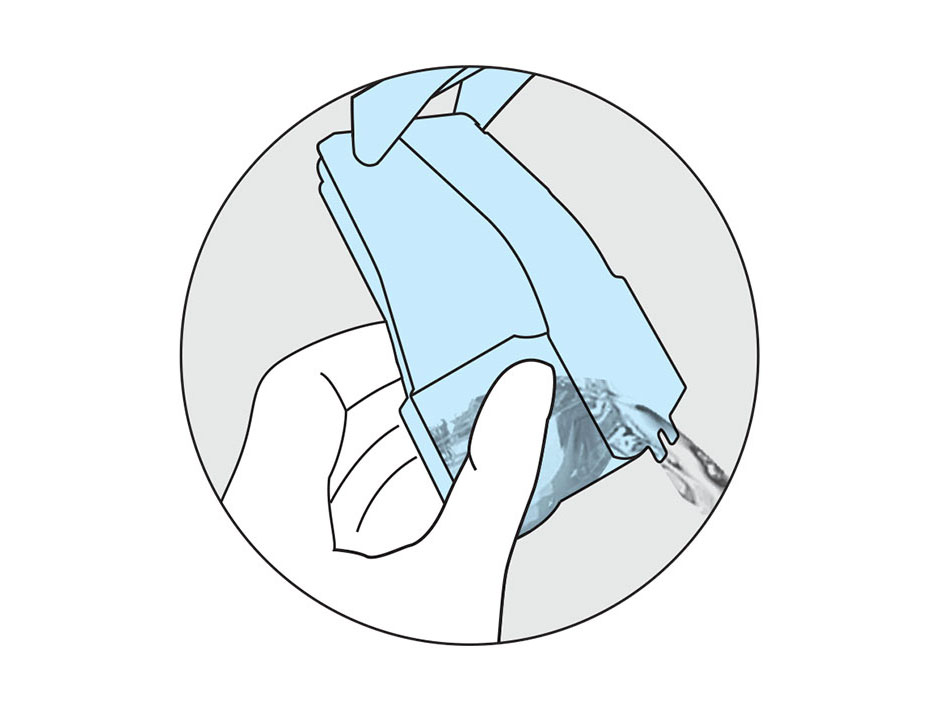Every morning
Clean your CPAP mask cushion. You may not realise it, but over time your skin releases oils that can reduce the quality and performance of your seal and mask. So after wearing your mask, clean it thoroughly to remove any oils.
By washing it in the morning, you will have a clean, dry mask ready to use for your next night.
To clean your CPAP mask, wash it by hand by gently rubbing with warm water and mild soap. Avoid harsh cleaning products, which may damage the mask, or leave harmful residue. Allow it to dry away from direct sunlight on a flat surface.
Clean your humidifier water tub. After each use, we recommend that your sleep apnea machine’s water tub is washed out with a mild detergent and warm water. Then thoroughly rinse and allow it to dry away from direct sunlight.

.jpg)
